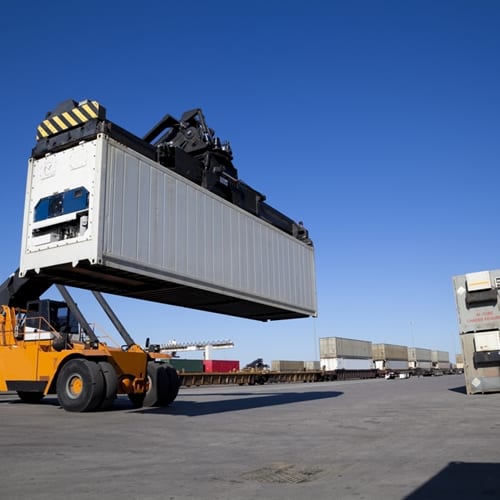While unloading and loading the contents of a cargo vessel, an incident could occur leading to damage or other concerns for operators. Under the maritime section of its list of regulations, the website of the Occupational Safety & Health Administration (OSHA) lists important general and specific requirements that need to be followed during cargo-related procedures. These pertain to both crew best practices and the equipment that they use, particularly cranes.
These requirements fall specifically under the Safety and Health Regulations for Longshoring, and require cargo gear to be regularly inspected by employers so components that are unsafe can be removed. Chains and slings made up of synthetic webs, ropes or wire have to meet conditions outlined by OSHA and be free of defects for safe cargo handling. Wire ropes aren't allowed to have any splices except for eye splices on the ends.
The standards also extend to the hooks used in cargo operations, and where they can be placed for the best and safest performance.
"Cargo hooks shall be as close to the junction of the falls as the assembly permits, but never farther than two feet (.61 m) from it," the OSHA regulations state. "This provision shall not apply when the construction of the vessel and the operation in progress are such that fall angles are less than 120 degrees."
Processing cargo efficiently and on time can be easier if relevant tools and employees operate within established government guidelines. Transporting a large payload involves complicated setups, all of which should be accounted for in marine cargo insurance and the other policies for equipment and crew.
Working with a knowledgeable insurance provider, companies may successfully attend to accidents during important transactions at longshoring facilities, or otherwise make sure that work at these areas goes smoothly and according to the law.

